In the verdant tapestry of New Zealand’s gardens, the act of pruning roses emerges as a pivotal botanical undertaking. It plays an integral role in preserving the plant’s vitality, spurring its development, and augmenting its visual allure. Absence of frequent and meticulous pruning could lead to roses adopting a disorderly appearance, becoming entangled and prone to disease. Moreover, negligent pruning might lead to feeble growth patterns and a noticeable decline in both the quality and quantity of blooms – thereby diminishing gardening gratification. Consequently, mastering the timing and technique for rose-pruning across NZ becomes imperative for triumphant rose cultivation.
Probing further into this fascinating process unravels an intriguing blend of scientific reasoning coupled with artistic precision at play beneath nature’s surface. From a scholarly standpoint, strategic elimination of certain parts of the plant contributes significantly towards combating diseases while deterring insect infestation. Additionally, prudent pruning paves way for superior air movement around plants along with increased exposure to sunlight – elements that are quintessential for photosynthesis leading ultimately to fortified plant vigour.
Artistically speaking however; judicious snipping helps moulding each bush into distinct forms while it also governs their expansion trajectory besides influencing how they present themselves during blossoming periods hence offering those adept at this craft an intoxicating cocktail amalgamating biological wisdom with creative fulfilment.
Understanding the rose-pruning process in New Zealand involves a balance of scientific and artistic approaches. This includes:
- Recognizing the importance of pruning: Pruning is not just about maintaining an appealing appearance. It’s also crucial for preserving plant health, promoting growth, and increasing flower yield.
- Timing: The timing of pruning can significantly influence the success rate of cultivation. In New Zealand, it’s typically done during winter when plants are dormant.
- Disease prevention: Strategic removal of certain parts helps combat diseases and deter insect infestation.
- Light exposure & air movement: Properly pruned roses allow more light to reach their leaves (vital for photosynthesis) while ensuring better air circulation around them – both factors contribute towards fortified plant vigour.
Artistically speaking, rose pruning requires precision and creativity:
- Moulding distinct forms: Each snip shapes the bush into unique forms that reflect your personal style or complement your garden design.
- Guiding growth trajectory: Correct pruning techniques govern how bushes expand over time.
- Influencing blossom presentation: How you prune influences how roses present themselves during blooming periods – offering those adept at this craft an intoxicating cocktail amalgamating biological wisdom with creative fulfilment.
Ultimately understanding these aspects will help individuals master this fundamental gardening skill essential for successful rose cultivation in NZ’s diverse climatic conditions.
The Importance of Pruning Roses in New Zealand
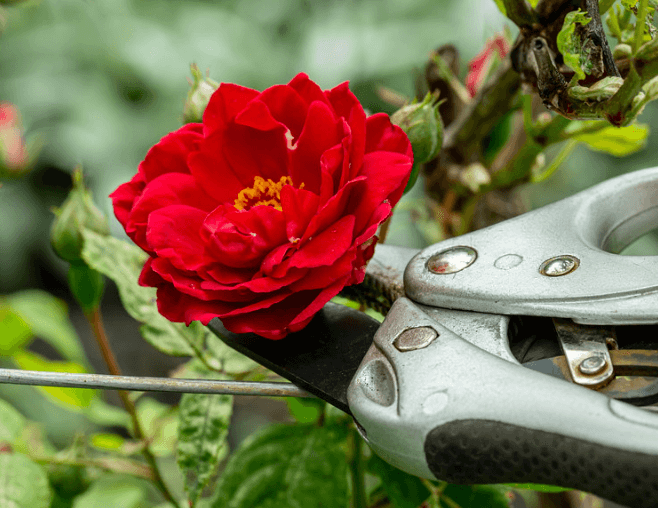
In the distinctive climate of New Zealand, a vital undertaking in rose cultivation is pruning. This practice, critical to the thriving and aesthetic grace of these beloved blooms, serves numerous key functions. One cannot underestimate its role in eliminating dead or diseased plant tissues – an act that halts the advancement of diseases and infestations linked with such conditions.
Moreover, by shaping roses through pruning, we enable balanced growth. It stimulates budding at chosen spots and regulates plant size according to the gardener’s liking.
Naturally, one might ponder over this question: “When is the best time for rose-pruning in New Zealand?” The response varies as horticulture connoisseurs in this region suggest that it depends on both rose type and geographical location within New Zealand. Yet there exists a prevalent guideline suggesting winter months are most suitable for pruning when plants are dormant – specifically from late June till early August. Pruning during this period decreases susceptibility to damage or stress from such activities resulting in superior outcomes during blooming season.
Identifying the Best Time for Pruning Roses in New Zealand
In the land of the long white cloud, New Zealand, a peculiar significance is held by the element of time in relation to rose pruning. One might be drawn toward trimming during the vivid display of a rose’s bloom cycle – however, this approach isn’t typically endorsed. Specifically, summer pruning for roses on Kiwi turf tends not to find favour given its potential detrimental impact on their health and robustness.
The seasoned green thumbs and plant whisperers across New Zealand often point towards late winter as the optimum window for rose pruning; with July and August being mentioned specifically. During these chilly months, when Mother Nature herself seems to have paused for breath, the bush lies dormant thereby circumventing any potential harm to fresh growth. This strategically chosen timeframe allows room for recovery before spring heralds a new season of growth ensuring that our beloved roses continue their reign in all its glory well into subsequent seasons.
Pruning Techniques for New Zealand Roses
In the verdant landscapes of New Zealand, a particular skill set is wielded when it comes to the artful task of rose pruning. The dance between gardener and plant involves an array of techniques that are both intricate and nuanced; these methods aim towards fostering robust growth, enhancing bloom quality, and preserving the longevity of each rose bush. Let’s not mistake this for a whimsical exercise – one erroneous move can risk compromising your roses’ health leading to less than desirable outcomes: subpar blooms or heightened vulnerability to diseases.
The primary technique in our repertoire requires trimming down the rose bush during late winter or early spring – this being their dormancy period within New Zealand climes. During such season it becomes crucial to eliminate any dead or diseased wood while also snipping back stems just above a bud pointing towards where you envision future growth. A practice known as open center pruning has been proven advantageous too – leaving only three to five healthy canes intact while removing all others at their base allows proper circulation of air and sunlight penetration.
By mastering these complex techniques, every opportunity is given for roses to thrive gloriously in their natural beauty they are renowned for across New Zealand’s terrain.
Effects of Seasons on Rose Pruning in New Zealand
The cycle of seasons in New Zealand wields a considerable sway over the art and science of rose pruning. This country, cradled by a temperate maritime environment, is graced with distinct seasons that etch an individual timeline for every cultivator of roses. Indeed, comprehending these atmospheric transformations and folding them into one’s gardening routine is paramount. These seasonal signals guide the plant through its life stages – growth, dormancy, blooming – which invariably impacts not only when to prune but the success rate thereof.
In New Zealand’s context, winter has broadly been hailed as prime time for trimming roses. In this season’s embrace, roses slip into a state of dormancy; their metabolic processes decelerate rendering it excellent timing to prune without causing undue stress on the plant. Nevertheless, winter’s harshness fluctuates according to geographical location; hence local wisdom and experience become invaluable allies in nailing down the precise moment for pruning. Contrarily spring and summer pruning are primarily concerned with keeping up appearances – tending to plant shape – along with deadheading spent blooms and fuelling robust growth.
Seasonal fluctuations do more than just set schedules; they also modulate how intense or gentle one needs to be while pruning each variety of rose that flourishes under New Zealand’s diverse climate canopy.
Tools Required for Successful Rose Pruning
Navigating the world of rose pruning requires an armamentarium of specific tools, a necessary prerequisite to ensure triumphant execution. The possession of appropriate instruments not only simplifies this horticultural task but also safeguards against any unintentional harm inflicted upon your beloved roses during the procedure.
First and foremost on this list is a pair of sturdy, razor-sharp pruning shears – capable of delivering a smooth incision without causing undue trauma to the delicate plant tissues. For those larger branches that demand more strength, heavy-duty loppers are called into play – their role in ensuring minimal strain on one’s hands is invaluable.
Equally as critical is having at hand a quality pruning saw; an indispensable ally when confronted with older branches that have matured into thick, woody limbs too formidable for either shears or loppers.
The importance of high-grade gardening gloves cannot be underscored enough – their purpose extends beyond mere protection from prickly thorns. They serve as barriers preventing transmission diseases between plants – another important facet often overlooked.
Lastly, disinfectants are deployed to meticulously sterilize the tools before transitioning from one plant to another—effectively mitigating risks associated with spreading infections or fungi amongst your precious roses.
In essence, it’s impossible to overstate how pivotal these superior quality tools are in achieving successful rose pruning.
Step-by-Step Guide to Pruning Roses in New Zealand
The initiation of the rose pruning venture demands a meticulous and pondered preparation. Procure an excellent pair of garden gloves, preferably ones that supply safeguarding for the forearms to ward off scratches from thorns. A keen pair of bypass pruning shears, loppers for more challenging, thicker canes, and a pruning saw for the eldest and most twisted canes are pivotal tools in achieving your envisioned result. Remember to cleanse your equipment prior to beginning as this hinders any potential transmission of diseases. Decontaminating your gear before and after use with a concoction comprising one-part bleach diluted in nine parts water proves exceptionally effective.
When you’re on the brink of plunging into actual pruning activity, adhere strictly to a calculated protocol to fortify optimal health for your roses. Initiate by trimming away any deceased wood along with non-productive, thin or feeble growth; this action tidies up the rose bush considerably. Extract any overlapping or inward-growing branches as it enhances air circulation and sunlight penetration – two crucial factors that contribute substantially towards maintaining a flourishing rose bush. Make incisions approximately quarter-inch above a bud eye that faces outwards from the shrub using shears angled roughly 45-degrees downwards. Reiterate these steps across the entire expanse of rose bush as this stimulates robustness coupled with abundant blooms.
FAQ
The act of pruning roses bears weight as it contributes to their healthy growth and bloom. It aids in preserving the plant’s form, promoting airflow, and reducing disease susceptibility.
The optimal timeframe for executing rose-pruning activities in New Zealand falls within the winter months, specifically during June and July when these floral beauties are at rest.
Efficient techniques leading to effective results encompass making clear cuts angled at 45 degrees above a bud, eliminating dead or infected wood from the mix, with an emphasis on keeping the plant core open to facilitate air circulation.
Seasonal alterations predominantly steer your timetable for rose maintenance. Winter emerges as a favourable time due to plants being dormant rendering structural visibility sans leaves more straightforward. Spring calls for light trimming coupled with tidying up operations.
Essential apparatus that aid successful execution include sharp secateurs dealing with smaller branches, loppers handling thicker ones accompanied by a pruning saw dedicated towards oldest and sturdiest stems. Also advisable is donning thick gloves safeguarding your hands against thorns.
Steps involve scheduling appropriate timing (preferably winter), possessing apt tools , executing clean cuts angled at 45 degrees over buds , removing all dead/disease-ridden/inward growing branches alongside ensuring an open centre facilitating free flow of air/sunlight .
Indeed , nuances exist regarding different Rose variants. For instance, Climbing Roses might need different pruning strategies as opposed to Hybrid Tea Roses.
Undeniably, incorrect pruning techniques such as cuts too proximate to the bud or leaving an excessive stub could potentially invite disease and pest issues . It remains vital consequently to adhere to correct pruning practices for preserving your rose plant’s health.
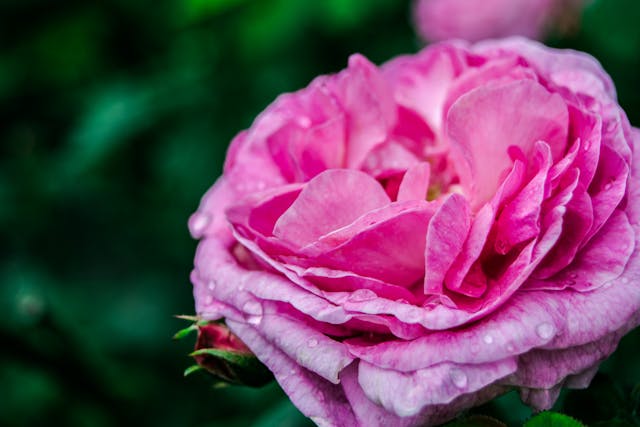
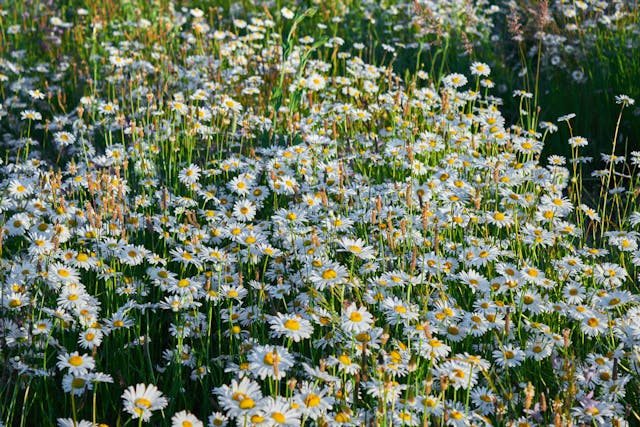
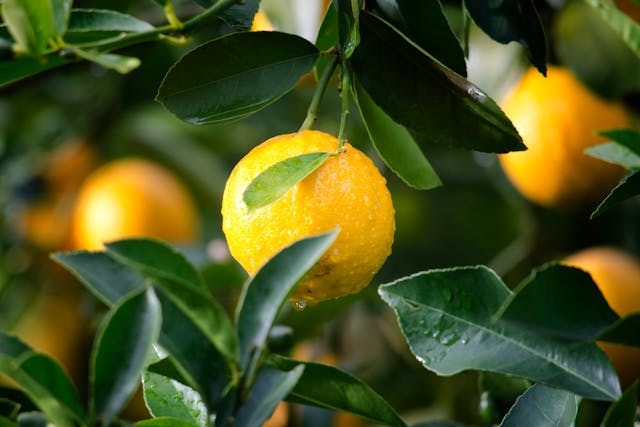
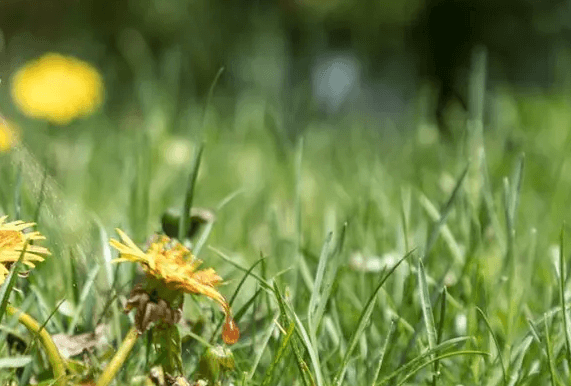

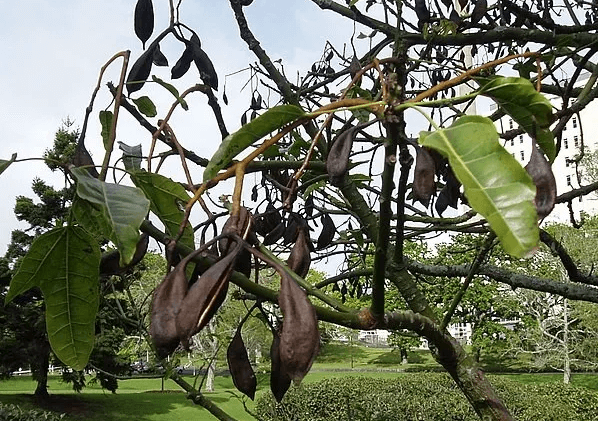
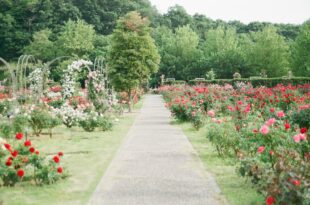
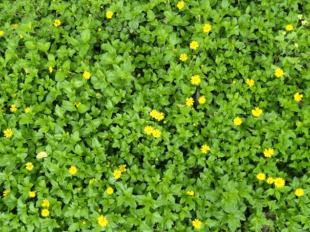
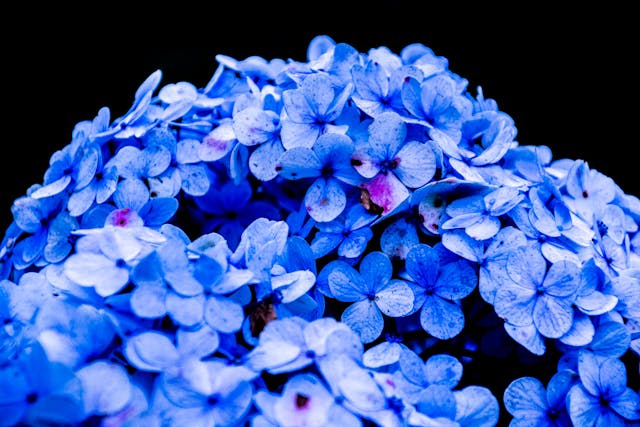
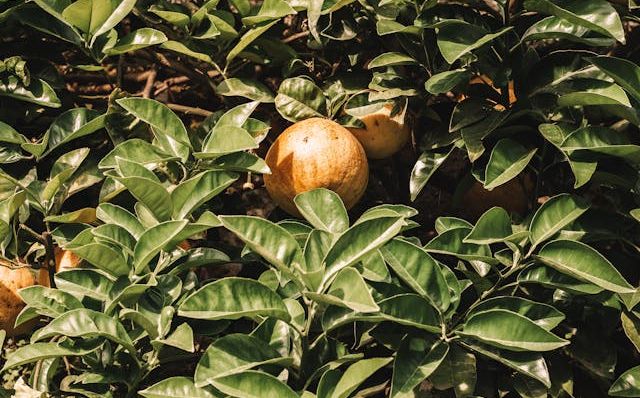
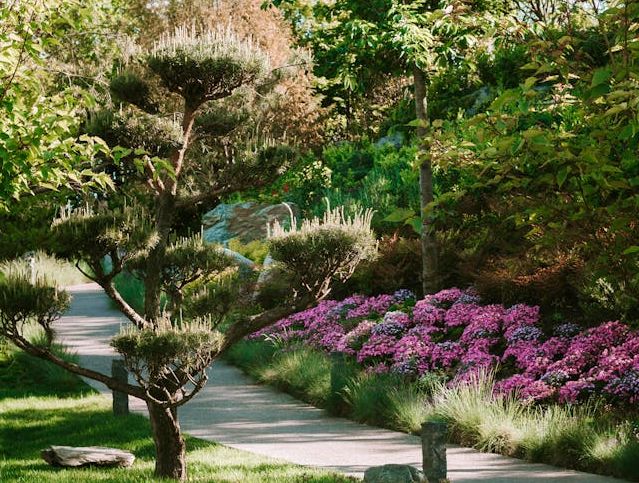
+ There are no comments
Add yours